An ancient method of protecting and highlighting wood design is burning. It has been practiced in various parts of the world, but it was Japanese carpenters who perfected it. Shou Sugi Ban - burned cedar plank - is a technique in which wood is burned, brushed and cooled with water so that its surface is covered with a layer of charcoal. The water-cooling is done in a controlled way so that the charcoal layer cracks in a certain pattern that gives the plank a particular aesthetic. But the main benefit of this type of burning is the very good resistance to attack by fungi, insects and fire. Exterior cladding, fences, shingle wood using this technique lasts 80-100 years without maintenance. Find out why burned wood is so strong below.
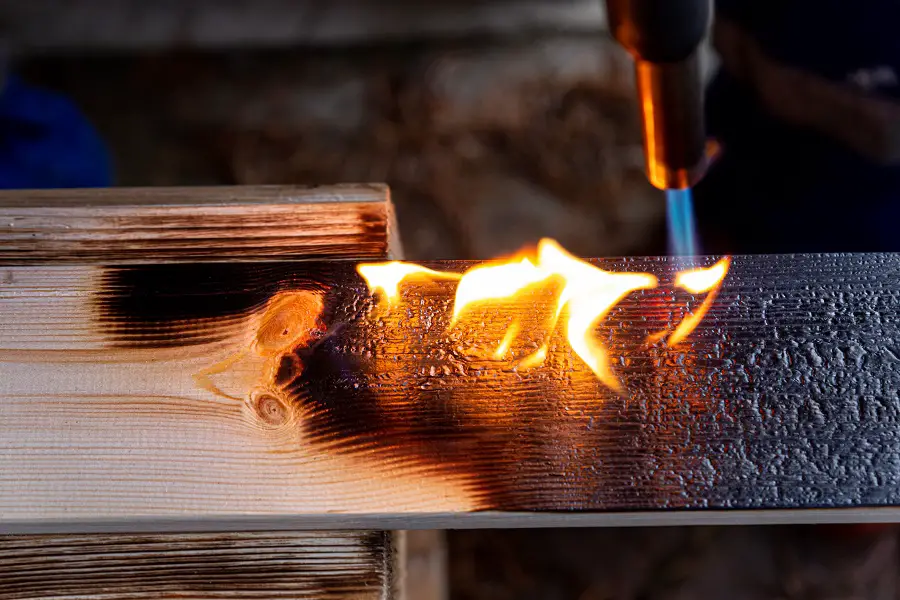
What happens when the wood surface is burned
To understand why burning protects wood we need to start with its main chemical compounds: cellulose, hemicelluloses and lignin.
Cellulose is the most important structural substance because it forms the wood cell wall, which determines its main physico-chemical properties. It accounts for 40-45% of the mass of anhydrous (completely dry) wood. Cellulose decomposes at over 150°C, a property on which alcohol is obtained by dry wood distillation. It is a food source for insects and micro-organisms and is very water-loving.
Hemicelluloses are very similar to the cellulose they accompany in forming the cell structure. Some are bound to cellulose, together forming the skeleton of the plant, others are bound to lignin. They account for 20-40% of the mass of anhydrous wood, are more unstable than cellulose and decompose faster, are a food source for micro-organisms and have a high affinity for water.
Lignin is a complex, amorphous chemical substance. It surrounds the cellulose skeleton giving the wood stiffness and mechanical strength. The percentage of lignin in the mass of dry wood is 15-35%. Lignin is water resistant, transferring this property to the cell walls.
When the wood surface is burned, the cellulose and hemicelluloses decompose and the food source for insects and fungi disappears. The percentage of lignin on the surface increases which leads to increased water resistance. Burning takes place in stages, with the temperature gradually increasing as the rapidly decomposing elements disappear. The first to burn is cellulose. As it burns, lignin gradually turns to charcoal. This needs a much higher temperature to burn completely, and so the rest of the wood is protected until the burning temperature of charcoal is reached.
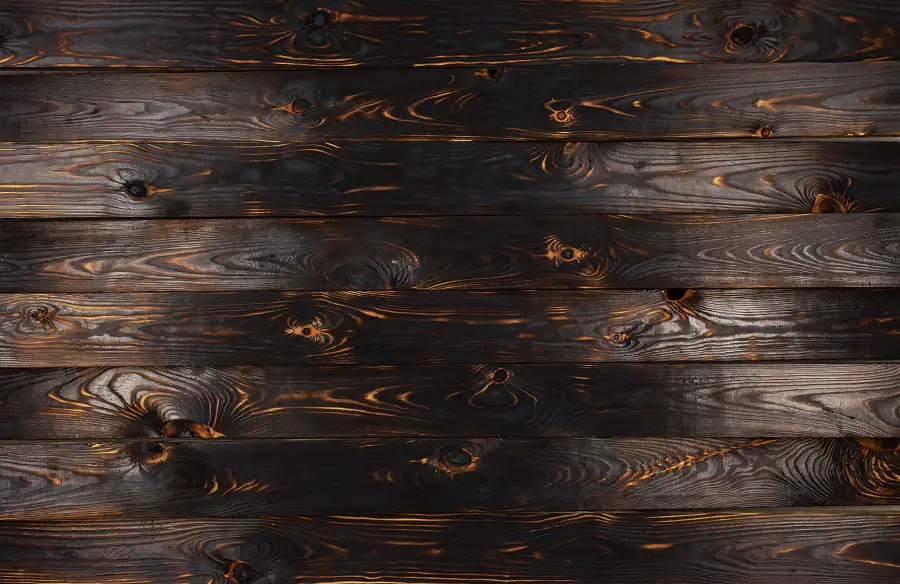
Stages of the Shou Sugi Ban technique
The technique of Shou Sugi Ban or Yakisugi, as it is also known, was used a long time ago, but flourished in the 17th century. At that time it was applied not only to protect houses or fences, but also to create true works of art. With the advent of modern wood preservatives, the method was abandoned for a time. However, it made a comeback in the 2000s, mainly thanks to designers and architects who combined the old method with modern materials to achieve outstanding effects.
The classic method has the following steps:
- Surface burning using a torch or gas burner. Burning is done carefully so as not to char the whole wood but only the surface. The wood must be burned, not charred.
- Put out the fire and cool the surface with water.
- Brushing to remove soot and loose parts.
- Apply a coat of linseed or tung oil for extra strength and a nice look.
For the wood to be externally resistant, it must be covered with the resulting charcoal. Such wood can last 80-100 years without any maintenance. Complete removal of the burnt material loses the protective properties and leaves only the aesthetics. Controlled cooling (pouring water in thin threads, dripping or pouring in large quantities) causes the charcoal layer to break up in various different patterns which enhance the aesthetic effect.
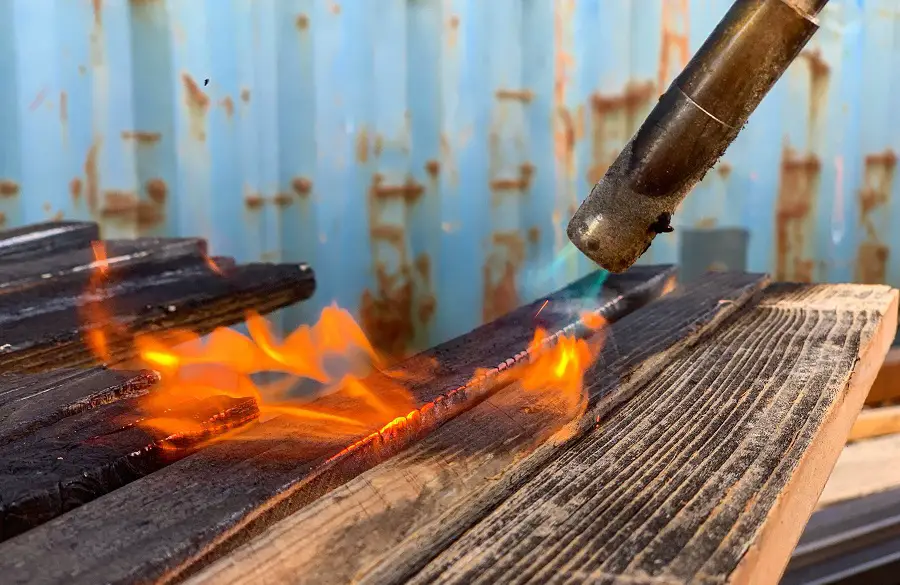
The main advantages of the method are very high durability and low cost. There are wooden houses in Japan finished on the outside using this method that are more than 100 years old, have not undergone any maintenance or repair in all that time and are in very good condition. Another advantage is fire resistance.
Disadvantages include the laborious process which requires knowledge and patience, the unpleasant finish for some due to the charcoal coating, the risks of fire or injury from open fire and steam from water cooling. Also, the impossibility of repeating the effect, obtaining a different coal-burning pattern each time, can also be considered a disadvantage.
Wood species suitable for the Shou Sugi Ban technique
The established species for the technique is cedar, but the method can be applied to most wood species. There are some who say that in this case "cedar" (sugi) should be replaced by the name of the species used. However, I think this is an exaggeration.
If we refer to the application of the method to achieve different effects, not primarily to achieve durability, tangentially cut (cathedral, flader) softwoods look best. Spruce, larita, pin look great if they are burned, brushed and then colored. So does Accoya and Kebony, species which, thanks to chemical impregnation, are highly durable (30-50 years). The design is very well highlighted by burning, and the coloring comes in contrast with the black outline. You can see here examples of such finishes.
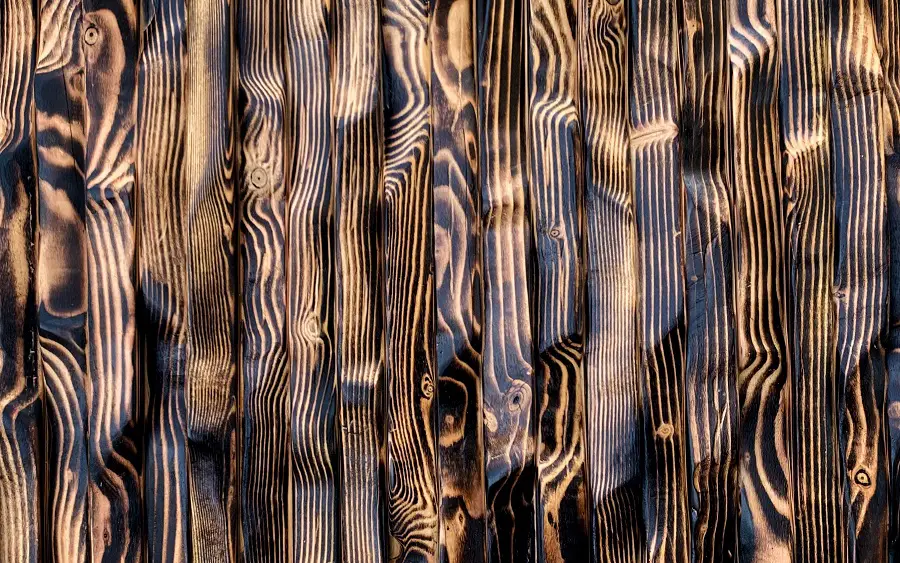
I hope you find the above information useful. As always, additions are welcome. And if you have any questions or queries, please leave them below in the space provided. I will be sure to reply.

























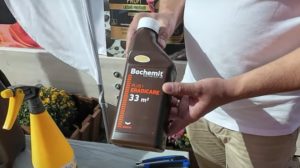
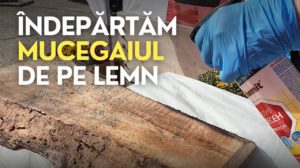






Great, thanks.
You're welcome! And we thank you for following us.
Thank you for the information, it is very useful for my diploma work in woodworking engineering and in practice. I am passionate about wood and woodworking, have a nice day!
I'm glad it was helpful.
If you need further information you can contact me by commenting on any article or on mihaela.radu@cesrands.ro.
Good luck!
congratulations for the article,
very well documented, I follow with interest every article you publish.
I would like to ask what do you recommend to use in case of a pine wood treated by Shou Sugi Ban technique for surface treatment after it has been burned and sanded. I would like to mention that the wood treated in this way (naturally dried beforehand) will be used to finish a wood shed with direct exposure to sunlight. In this case the aim is to preserve the aesthetic effect but also the resistance to weathering over time. The construction is independent, therefore it is exposed to wind from all directions, not heated, not insulated.
thank you for your answer.
Thanks for your appreciation!
If the wood has a layer of charcoal on top, as the method assumes, all you need is oil. My recommendation is to use tung oil or Danish oil. Linseed oil is more quickly weathered out and therefore not recommended for outdoors.
If after burning and sanding, the wood grain is visible again and the burning is only aesthetic, you will need to use a complete exterior finishing system. In the link below you have some suggestions.
In my view, the best option would be an oil-based lard. Even if for outdoor varnishes the lifetime is longer, it depends very much on the environmental conditions. The construction being subject to wind, the dust will have an important abrasive role and will reduce this period significantly. With oils it is simpler because even if rain washes them away over time, the finish can be refreshed without much hassle.
Good luck!
https://revistadinlemn.ro/2022/05/19/ce-variante-ai-pentru-protejarea-lemnul-folosit-la-amenajarile-exterioare/
Comments from me, I'm like show and video to see.pracyic.. okay